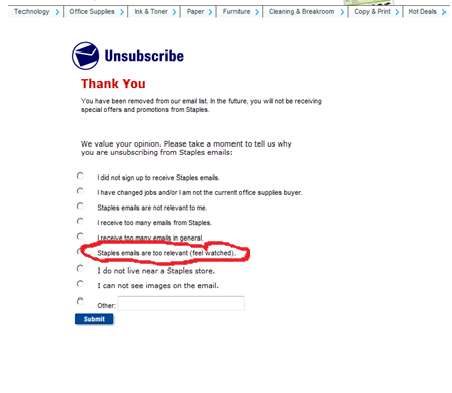“Does the flap of a butterfly’s wings in Brazil set off a tornado in Texas?”
So goes the basic introduction into what’s commonly known as the butterfly effect.
Taken from the title of a paper written by meteorologist Edward Lorenz in 1972, the concept has gained significant popularity and made in impact in our culture.
Aside from movies and books, you’ve probably heard discussions about the butterfly effect in one of two arenas: personal development or in business improvement.
Despite all that you think you may know about the phenomenon, chances are that you have probably been misinformed.
You’ve been taught, to summarize, that the butterfly effect speaks to the reality that one tiny change has the potential to create massive change. Even the flapping of an insect’s wing can unleash the power of a tornado.
The application is that small improvements you make in your life and business can create tremendous, life-changing results.
A more accurate term for this truth is kaizen, which literally means “continuous improvement.” Seemingly insignificant but continual incremental advancement in your work has a compounding effect and will create much larger development. Always getting better, little by little, turns good into great.
The butterfly effect is an expression of chaos theory, and the end results are not at all related to those you can expect by putting kaizen into practice.
Sowing Seeds
You don’t have to be a farmer to understand the law of sowing and reaping. Plant a seed, get a harvest.
Tend to the soil and enhance the environmental conditions, and you’ll reap an even more impressive harvest.
This agricultural axiom is proven to work and relied upon around the world to produce most of the food we eat.
It may not have been clear before, but these two concepts are not the same. They’re not even really related. Let’s make some comparisons.
1) The butterfly effect, by definition, is extremely unpredictable. A beautiful butterfly in South America is depicted as being capable of affecting disastrous weather on another continent.
Small changes can create much different outcomes, but there’s no real way to know what those outcomes will look like. An extra handshake after a meeting could win a new account for your company, or it could set off a series of events that cause a stock market crash. You can guess what will happen in terms of probabilities, but you can’t know for sure.
As we’ve noted, we’re delving into chaos theory here, which boils down to a mathematical attempt to describe the unknowable.
On the other hand, the law of sowing and reaping is highly predictable. Planting tulip seeds will produce tulip plants.
2) Rightly understood, the butterfly effect is completely out of our control to initiate, improve or direct. Every move you make causes a change in the atmosphere akin to the flapping of the butterfly’s wings. And every other creature on the planet has the same effect on you. Again, the results are random and irreversible.
While this may be how the universe actually works, the butterfly effect is not something you can invoke to “manifest your desires.” You have no capability to interact purposefully with this process.
Sowing and reaping is the opposite. The farmer decides what seeds will be planted, you can fertilize, water, increase exposure to sunlight, etc., to impact how the seed will grow. The plant can be uprooted and moved, or chopped down and destroyed. That’s the prerogative of the sower.
3) The butterfly effect is a scientific/mathematical term, but when it’s discussed in personal development conversations, the tone is more metaphysical or mystical. Positive thinking on steroids.
The law of sowing and reaping is a verifiable scientific fact. Easy to understand and apply.
Which seems to be more worthy of your attention?
Bottom Line
While imprecise use of terminology in this case may not have major detrimental effects on success in business, fuzzy thinking does.
By all means, make incremental improvements in yourself and your work. Compound your efforts and success, and think positive thoughts. Little things do have big potential.
But always seek to understand the ideas that you’re buying into. Clearly defining vocabulary is always a winning proposition. You may find that you’ve been making statements (or agreeing with the statements of others) that you’d actually disagree with if you clarified the language.
If you still think you can rely on the butterfly effect to create the success you’re looking for (like in those time travel stories), you may still have some thinking to do on the matter.
Stick with what’s proven. Start planting some seeds, and take care of the ones you’ve already put in the ground.


